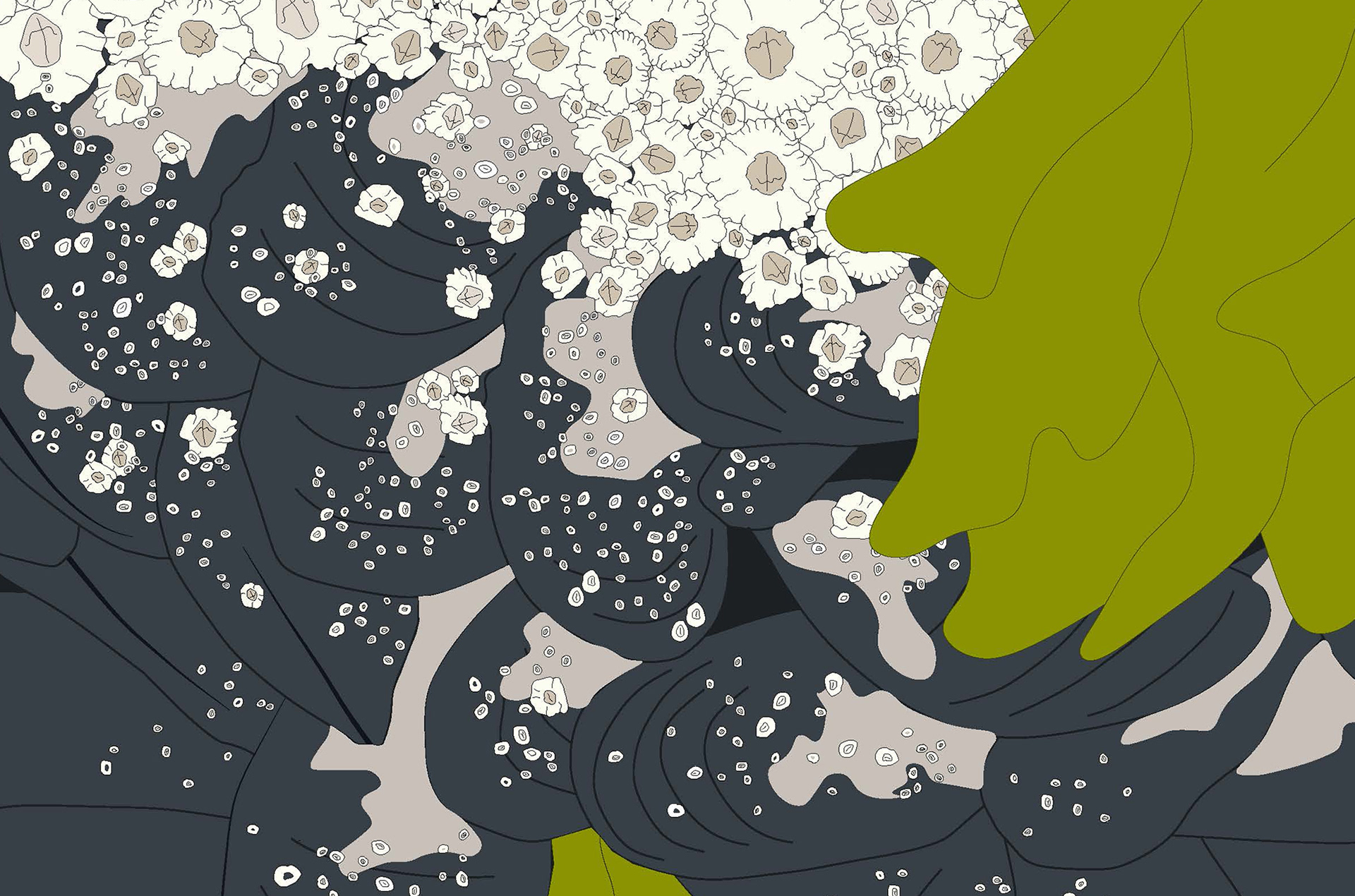Rooting Time in Place: Designing a Dialogic Counter-monument for vancouver
University of British Columbia
School of Architecture and Landscape Architecture
Landscape Architecture IV/V
Option Studio
Teaching Faculty: Fionn Byrne
Description:
As lifelike monuments depicting historic figures are receiving increasing public criticism, a new type of architectural monument is emerging in our time. Increasing investment and attention is being directed to points of connection between networks of transit. These transportation hubs, such as airports, railway stations, warehouses, or data centers, focus on speed of movement and are often experienced exclusively as interior spaces. Having limited connection to the environment, these sites necessarily negate the slowness and fixity of the landscape and nullify landscape’s ability to act as a site of collective memory.
This studio asked students to recover landscape architecture as an effectual means of engaging collective memory. Their design work sought to give form to the antithesis of monuments to motion, aspiring instead to root time in place. The goal was to connect a transitory population to the land, recognizing that connections to place and locating oneself in time have been severed for settlers by parallel forces of colonialism that have effaced the ongoing traditional uses and aesthetic expressions of the landscape for indigenous peoples. Critically, the site of this design studio was on the unceded, traditional, and ancestral territories of the ʷməθkʷəy̓əm, sḵwx̱wú7mesh, and sel̓íl̓witulh people. Efforts to establish new connections to place, therefore, also had to contend with preexisting ancestral connections, requiring an acknowledgment of a plurality of affective memory experiences.









Credits:
2. Calvin Tan, 3. Derek Mavis, 4-5. Krista Kals, 6. Weirong Li, 7-8. Nicole Crawford + Karen Tomkins, 9. Mason Lam